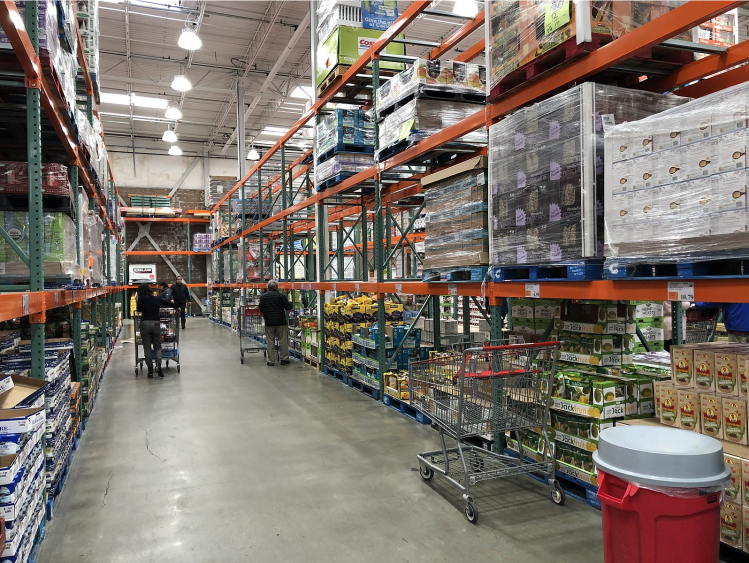
The Covid pandemic forced us to scrutinize things most of us hadn’t thought much about. One of these was supply chains. Those first chaotic weeks brought shortages of necessities like toilet paper, hand sanitizer, and meat; in the following months, closed factories and ports led to shipping delays and higher prices. We learned how cost-cutting and consolidation in manufacturing, transportation, and retail had left us vulnerable to emergencies and shocks.
We’ve recovered from some of those problems, but our supply chains remain vulnerable. In March, the Federal Trade Commission issued a report that found that major grocery chains had likely raised prices opportunistically during the pandemic and used their buying power to further consolidate their market dominance. The report, “Feeding America in a Time of Crisis,” studied nine companies—the retailers Walmart, Amazon, and Kroger, the suppliers Procter & Gamble, Tyson Foods, and Kraft Heinz, and three wholesalers.
The FTC accuses retailers of using “on-time, in-full” (OTIF) policies—requiring suppliers to deliver their orders or face financial penalties—to “pressure their suppliers to favor them over rivals.” This meant that the large retailers were served first, likely diverting essential goods away from smaller stores and grocery chains. The report singles out Walmart, which tightened such supplier requirements as the pandemic went on. The result was that communities served exclusively by smaller retailers, which don’t have the clout to enforce OTIF policies, were undersupplied. Hoarding essential products during a global emergency further solidified big retailers’ market dominance, making it even harder for smaller retailers to compete in the future.
The FTC also found that retailers “seem to have used rising costs as an opportunity to further hike prices to increase their profits,” which have remained “quite elevated” even after most of the supply-chain problems were resolved. Such profit “casts doubt on assertions that rising prices at the grocery store are simply moving in lockstep with retailers’ own rising costs.” (The report used publicly available data to study industry-wide trends in revenue and profit and did not investigate whether the specific retailers they studied had raised their prices to increase profits.)
The FTC report is cautious: it insists on the need for further scrutiny of the industry, but does not include any recommendations. Still, following the report’s release, FTC chairperson Lina Khan said that if the retailers’ actions are found to violate antitrust law, the agency will act. She named the Robinson-Patman Act—a 1936 law making it illegal for large retailers to pressure suppliers into giving them discounts—as one law that may have been violated.
Today, the grocery industry is much more consolidated than when the Robinson-Patman Act was passed. The four biggest grocery retailers accounted for more than 30 percent of sales in 2019, compared to about 15 percent thirty years earlier. The report comes at a time when the Federal Trade Commission is also moving to block Kroger’s acquisition of Albertson’s, which would be the largest supermarket merger in history. The FTC insists that such a merger would further dampen competition in the industry and lead to higher prices for consumers.
In a statement accompanying the FTC report, Commissioner Rebecca Kelly Slaughter wrote, “By relentlessly optimizing for leanness…businesses chose again and again short-term savings over long-term resilience.” That choice proved spectacularly short-sighted during the pandemic, but so far there is little sign that the grocery industry has learned from its mistakes. Short-term savings and profits are still trumping other considerations, and shoppers are still paying higher and higher prices at fewer and fewer big grocery chains. The federal government must crack down on this dangerous combination of greed and improvidence. The new FTC report makes it abundantly clear that the corporations in charge of our food supply cannot be trusted to do the right thing on their own.
